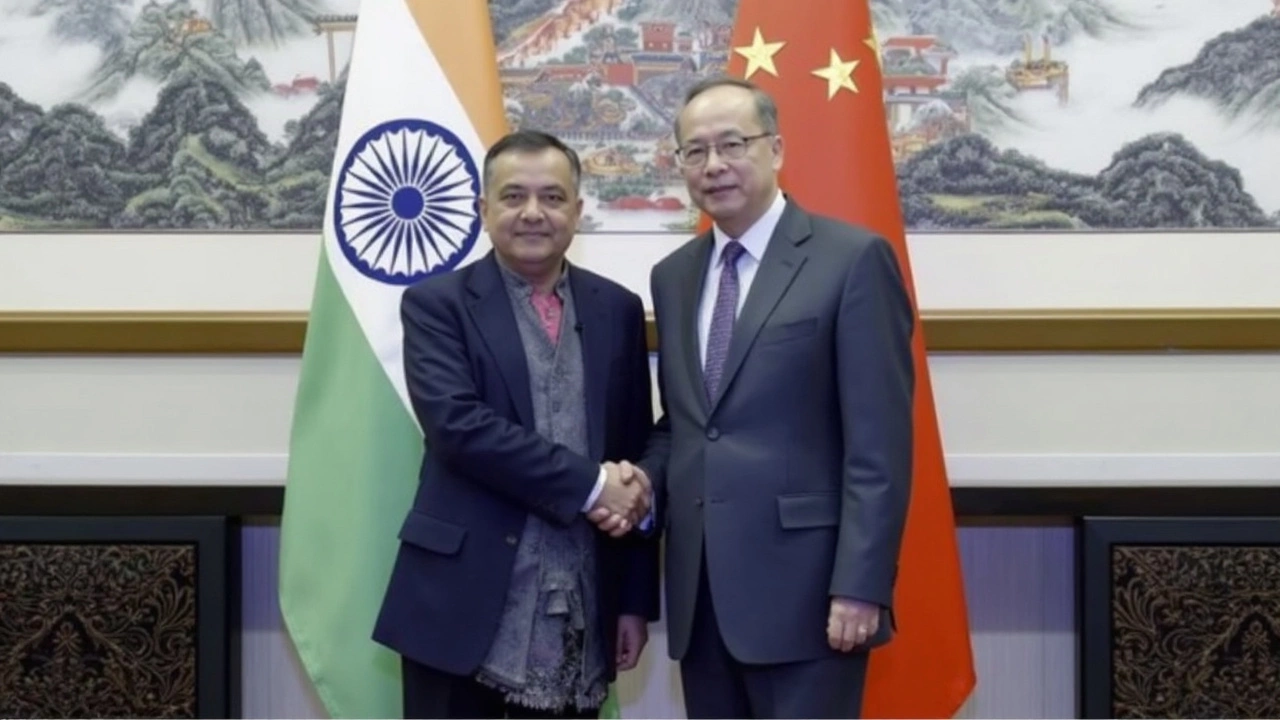
Kailash Mansarovar Yatra Back on the Map
After a long five-year break, Indian pilgrims will soon set out for Kailash Mansarovar Yatra again, thanks to a rare moment of agreement between India and China. This decision came straight from high-level discussions in Beijing, where India’s National Security Advisor Ajit Doval and China’s Foreign Minister Wang Yi met for the 23rd time to tackle the tough boundary issues lingering between the neighbors.
Get this—the pilgrimage, set to resume in June 2025, means Indian devotees can once again cross into the Tibetan Autonomous Region via the Nathu La Pass in Sikkim. For many, this route isn’t just about religious tradition; it’s about reconnecting families and communities cut off from ancient ways of travel since the pilgrimage shut down. The break was triggered by the tension after the 2020 Galwan Valley clash that left a chill in ties between the nuclear neighbors. So, reopening this historic journey signals more than diplomatic warmth; it’s a gesture that says both sides want to rebuild lost trust.
The enthusiasm isn’t limited to just pilgrims. Local traders, too, have a reason to celebrate. Cross-border trade through Nathu La had ground to a halt, taking a heavy toll on Sikkim’s small businesses and border communities. Now, both countries have green-lit plans to get the trucks rolling again, bringing back the flow of daily essentials, wool, handicrafts, and even yak cheese across the mountains.
Six Steps Toward a Cooler Border
The breakthrough was not just about religious passages and trade. Doval and Wang’s meeting led to six specific actions, all aimed at calming the sometimes-fiery border situation and nudging relations towards normalcy.
- Resumption of the Kailash Mansarovar Yatra: Pilgrims can once again travel via the easier Nathu La route rather than the daunting route through Uttarakhand, cutting journey hardships and travel risks.
- Border Trade Revival: Local economies on both sides stand to benefit as Nathu La Pass will reopen for barter and business, a big relief after years of freeze.
- Water Cooperation: With major rivers like the Brahmaputra crossing from Tibet into India, the two sides agreed on new ways to work together on river data sharing and flood management—a move that can help prevent disasters downstream.
- Pride and Patrols: Troops on both sides will now follow agreed routes and timings while patrolling the disputed Line of Actual Control (LAC), with new hotlines to sort out misunderstandings before they escalate.
- Peaceful Dispute Resolution: Both sides said they’ll stick to dialogue using already-established frameworks, basically promising no surprises or sudden moves on the border.
- Communication Channels: Direct, real-time contacts will be enhanced to handle incidents and keep things peaceful, with more frequent meetings at local military levels.
This flurry of action follows the rare Modi-Xi handshake at the 2024 BRICS Summit, where leaders agreed they couldn’t keep letting their relationship linger in stalemate. For Beijing, the thaw offers some breathing room as it deals with tense relations elsewhere. For New Delhi, it’s a chance to show it can defend its interests through both strength and smart dialogue.
The world will be watching closely to see if these steps translate into a genuinely calmer, safer, and friendlier Himalayan frontier. What’s clear for now is that there’s cautious hope along the border—and a long line of eager pilgrims and traders ready to get moving again.